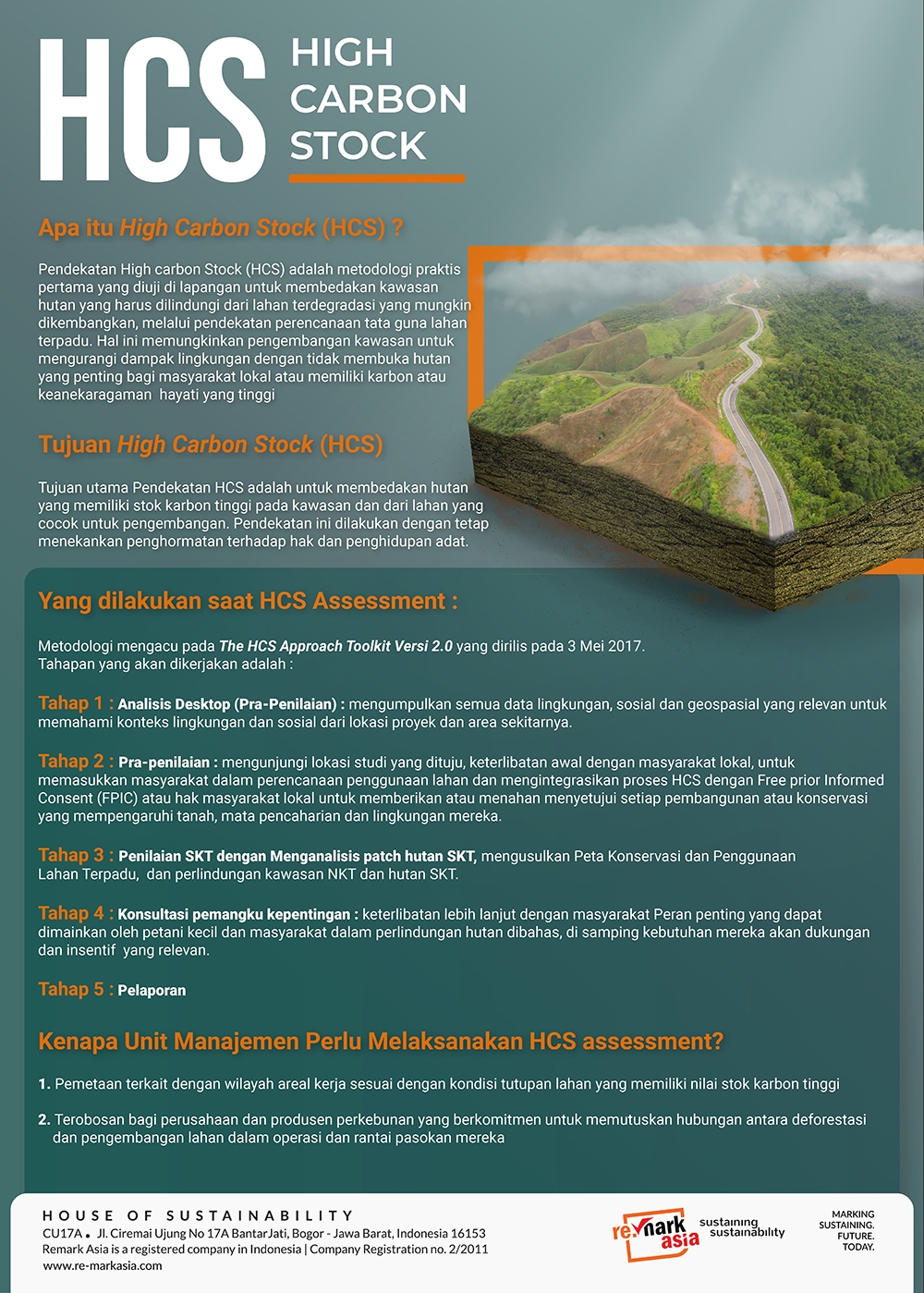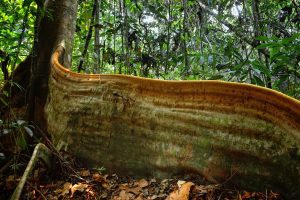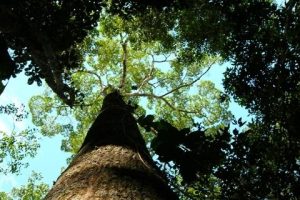
The High Carbon Stock (HCS) Approach is a methodology that distinguishes forest areas for protection from degraded lands with low carbon and biodiversity values that may be developed. The methodology was developed with the aim to ensure a practical, transparent, robust, and scientifically credible approach that is widely accepted to implement commitments to halt deforestation in the tropics, while ensuring the rights and livelihoods of local peoples are respected.
The methodology respects local community rights through its integration with enhanced Free Prior and Informed Consent (FPIC) procedures, and respecting community land use and livelihoods. It requires participatory community-land use planning and management, applies conservation planning tools to the identified HCS forest areas, and combines with mapped community land use, HCV, peatland and riparian areas to delineate areas for conservation, restoration, community land use, and/or areas potentially available for plantation development.
The HCS Approach is a breakthrough for plantation companies and manufacturers who are committed to breaking the link between deforestation and land development in their operations and supply chains. The approach represents the first practical methodology that has been tested and developed in active concessions in Asia and Africa with input from a variety of stakeholders. It is a relatively simple tool that plantation companies can use for new developments while ensuring that forests are protected from conversion.
Identification of HCS forests can also help governments fulfil commitments to reduce greenhouse gas emissions resulting from deforestation because it allows the mapping of forest areas that should be conserved (thus preventing GHG emissions).
Our Method
Our methodology refers to The HCS Approach Toolkit Version 2.0: Putting No Deforestation into Practice released at 3 May 2017. The key steps into HCS assessment are:- Desktop Analysis: collating all relevant environmental, social and geospatial data to understand the environmental and social context of the project site and surrounding area.
- Pre-assessment: visiting the purposed study location, initial engagement with local communities, to include communities in land use planning and integrate the HCS process with Free, Prior, and Informed Consent (FPIC): the right of local communities to give or withhold their consent to any development or conservation affecting their lands, livelihoods and environment.
- HCS Assessment: full team member consists of 1 Team Leader (HCSA registered practitioner), 1 GIS (HCSA registered practitioner), at least 1 biodiversity expert, 3 tree inventory surveyors, and 2 social experts. The team member are varies regarding to the assessment coverage area.
- Analysing HCS forest patches, proposing an Integrated Conservation and Land Use Map,and protection of HCV areas and HCS forest .
- Stakeholder consultation: further engagement with the communities The important role that smallholders and communities can play in forest protection is discussed, alongside their needs for relevant support and incentives.
- Reporting
Our registered practitioners:
DRM, Cecep Saepulloh, & Dian Pratiwi



